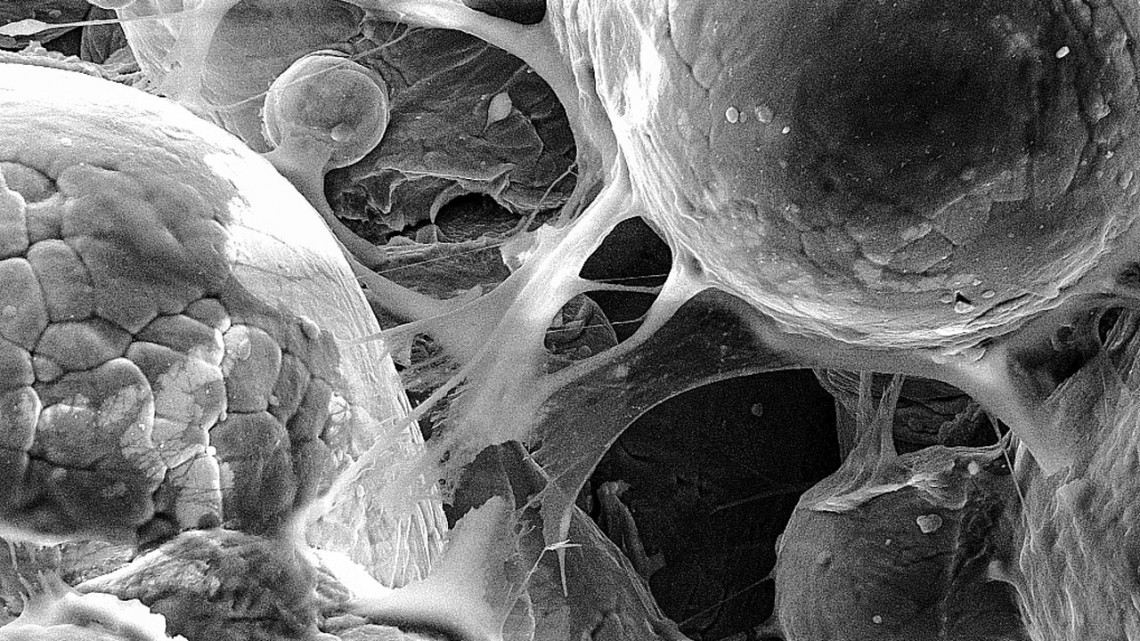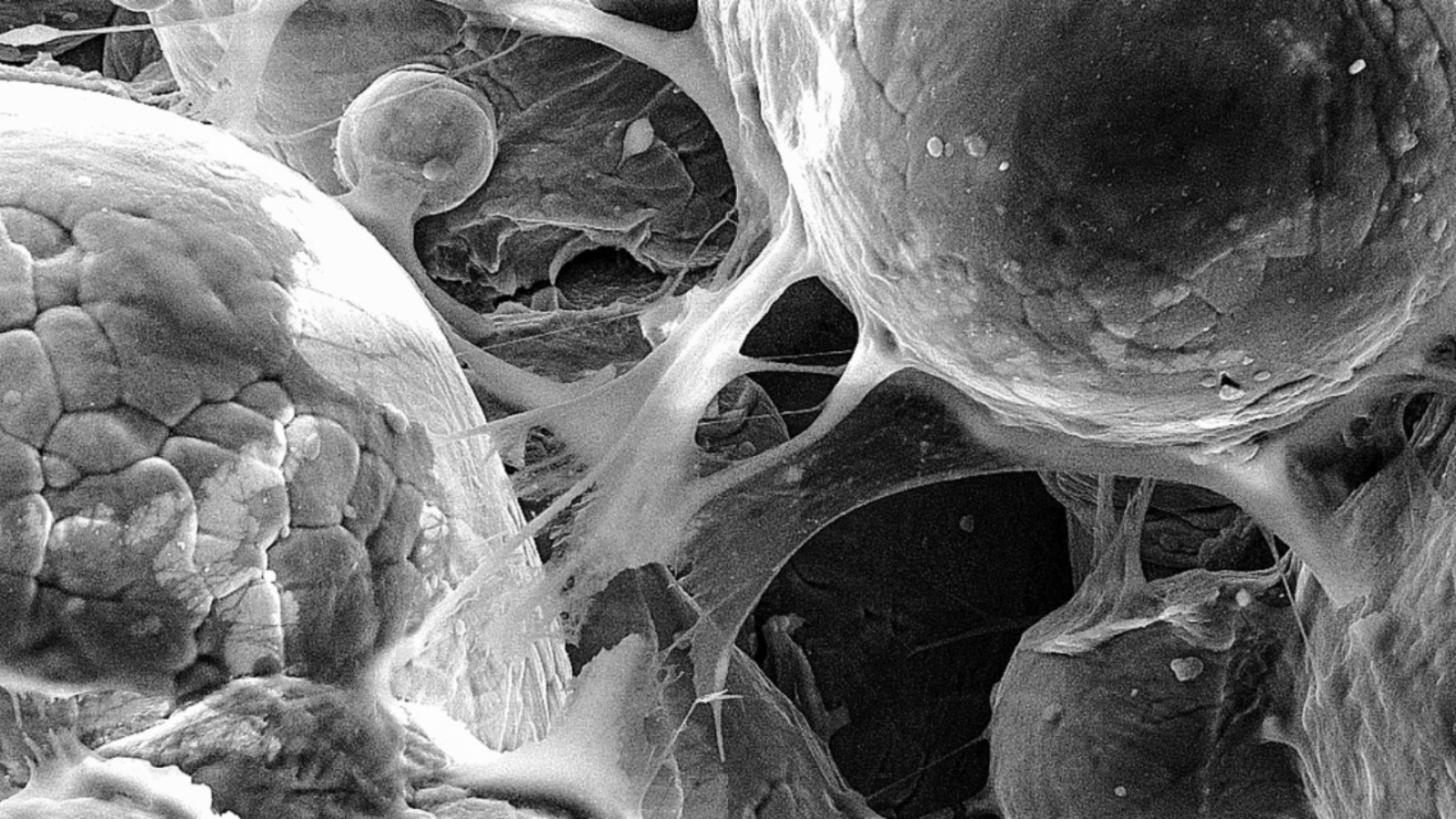No glue, screws, heat or other traditional bonding methods are used. A collaboration led by Cornell has developed a 3D printing technology that produces honeycomb-like metal materials by crushing powder particles together at supersonic speeds.
This form of technology is called “cold spraying” and produces a mechanically strong porous structure that is 40% stronger than similar materials made using traditional manufacturing processes. The small size and porosity of the structure make it particularly suitable for the construction of biomedical components, such as replacement joints.
The team’s paper “Supersonic Impact’s solid-state additive manufacturing of porous Ti-6Al-4V” was published on November 9th in Applied Materials Today.
The lead author of the paper is Atieh Moridi, an assistant professor at the Sibley School of Mechanical and Aerospace Engineering.
Moridi said: “We are focused on manufacturing honeycomb structures, which have many applications in thermal management, energy absorption and biomedicine.” “Now, we no longer just use heat as the driving force for input or bonding, but These powder particles are bonded together by plastic deformation.”

Moridi’s research group is dedicated to the manufacture of high-performance metal materials through additive manufacturing processes. Additive manufacturing does not sculpt geometric shapes from a large number of materials, but builds products layer by layer. This is a bottom-up approach that provides manufacturers with greater flexibility.
However, additive manufacturing is not without its challenges. The most important of these is that metal materials need to be heated at high temperatures above their melting point, which may cause residual stress accumulation, deformation and harmful phase changes.
To eliminate these problems, Moridi and collaborators developed a method that uses compressed gas nozzles to shoot titanium alloy particles onto the substrate.
Moridi said: “It’s like drawing, but in 3D mode, things get more and more.”
Particles are between 45 and 106 microns in diameter (a micron is one-millionth of a meter) and travel at a speed of about 600 meters per second, which is faster than the speed of sound. It is understandable that another mainstream additive process, namely direct energy deposition, transports powder through nozzles at a speed of 10 meters per second, making Moridi’s method 60 times faster.
Not only to throw particles as quickly as possible. Researchers must carefully calibrate the ideal speed of titanium alloys. Generally, in cold spray printing, when the particles collapse too much to bond with anything, the particles will accelerate at the optimal point between their critical speed (the speed at which a dense solid can be formed) and the corrosion speed.
Instead, Moridi’s team used computational fluid dynamics to determine the velocity just below the critical velocity of titanium alloy particles. When fired at this slightly slower speed, these particles form a more porous structure, which is ideal for biomedical applications such as artificial joints in the knee or hip and skull/facial implants.
Moridi said: “If we make an implant with this porous structure and insert it into the body, bone will grow in these holes and be biologically fixed.” “This helps reduce loosening of the implant. It’s very important. The patient has to undergo a lot of revision surgery to remove the implant, because the implant becomes loose and causes a lot of pain.”
Although the process is technically called cold spray, it does require some heat treatment. Once the particles collide and bond together, the researchers heat the metal, causing the components to diffuse into each other and settle like a homogeneous material.
Moridi said: “We only focus on titanium alloys and biomedical applications, but the applicability of the process may not stop there.” “Basically, any metal material that can withstand plastic deformation can benefit from this process. It is. It provides many opportunities for large-scale industrial applications such as construction, transportation and energy.”
Co-authors include PhD student Akane Wakai and researchers from the Massachusetts Institute of Technology, Politecnico di Milano, Worcester Polytechnic Institute, Brunel University London campus and Helmut Schmidt University.
This research was partially supported by the Italian MIT Global Seed Fund and Polimi International Scholarship.


Leave A Comment